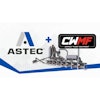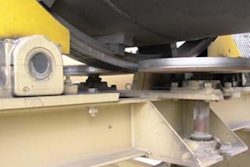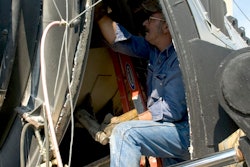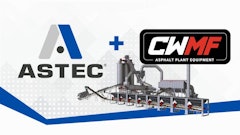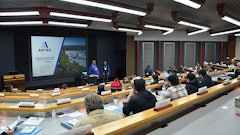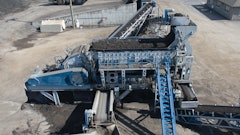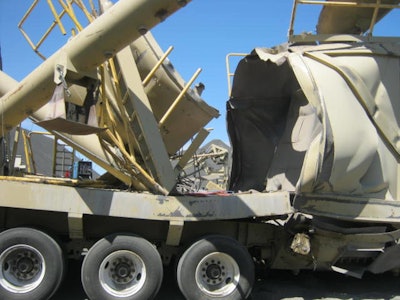
As I’ve said before, the Burner tuning procedure is complex and exacting, but the results are well worth the effort. In addition to reducing emissions you can expect improved fuel efficiency over a poorly tuned burner. Kinda like blowing $100 bills out the stack. Not to mention polluting the air for our kids to breathe.
I’m the Authorized Honeywell Representative for Hauck Asphalt products in Texas, Louisiana, Oklahoma, most of the Northwest including Alaska and all of Canada west of Manitoba so I will be concentrating on Hauck products. Just remember, with very few changes, the exact same procedures apply to any make and model burner. Best advice I can give is to always read and follow the instructions that came with your burner when you got it. Last month I discussed the how to set-up and tune your burner for Natural Gas. This month I want to talk about Liquid Propane. However I am going to take a different tact. I will want you to refer to an earlier issue of “Cliff’s Notes” for the procedures to adjust the burner.
I have worked directly in contact with Asphalt Plants for the greater part of 45 years. In this time I have either seen or been an Expert witness in FIVE major Asphalt Plant explosions. One of those accidents involved improper use of Diesel to clean out an injection line and Asphalt Pump. The other four were Liquid Propane explosions. Now don’t get me wrong, done correctly LP is a very safe fuel. But all four of these LP accidents I mention had one thing in common: The conversion from Diesel to LP was performed by the plant owner or his staff without the help of any burner manufacturer or any trained burner technician. In my opinion this oversight is what led directly to the accidents at each of these plants.
This month I want to talk about how to avoid the problems that caused these accidents. When changing from Diesel to LP there are some important changes that need to take place. Each of these LP explosions took place because one or more of the following safety requirements were ignored.
FIRST: While they will work for a time, the fuel Shut-Off valves, the Fuel Modulation Valve, even the piping for LP is different than those same components used for Diesel. The fuel pressure for Diesel is typically 35# to 100#. LP is typically around 225# so these valves and other components are pushed way past their safe pressure ratings. Even the steel piping is typically changed from Schedule 40 to Schedule 80 pipe to cope with the higher pressure. All Flex-Lines are also upgraded. This pressure consideration is in addition to the fact that LP is corrosive to internal seals and other surfaces of the standard valves. As I say, while these components MAY survive for a time the elevated pressures and corrosive nature of LP ensure that they will eventually fail.
The problem is that when these units fail it is rarely in a catastrophic way. Generally the shut off valves will start to leak internally, allowing LP to leak out the nozzle of your burner. Being a liquid LP, pools in the lowest part of your drum and builds up creating a VERY dangerous situation.
SECOND: Burning LP also requires some changes in Control Room. Let’s start with the Exhaust Damper Control. When burning Diesel, generally the burner control will cycle the damper from closed to wide open. The control might hold it open for a few seconds, then drive the damper shut so the burner can light. At that point the Burner Control will start a post purge timer and when that times out it will attempt to light the burner.
Some more rudimentary Burner Controls simply go through a timer without opening the damper. When burning diesel this timer can be as short as 10 seconds. Hardly enough time to purge the drum and baghouse if they have LP in them.
In the four accidental explosions that I have been involved with, the two situations above worked in concert to set up a situation that resulted in a fatality at one plant and two severe injuries at another. These accidents also caused MILLIONS of dollars in damages to these four asphalt plants. And in all four cases these accidents were set-up by the owners of these plants. In the rush to save fuel costs by switching to a less expensive product, these owners failed to follow all of the safety protocols that should have been followed. They paid a heavy price to save some money on fuel costs.
After all of my negativity in the preceding text, I would like to be sure that my readers understand that I am not trying to discourage switching over to LP. In fact, if it is the least expensive fuel available to use, I actively encourage the conversion. However, I very strongly recommend using Burner Professionals to implement the change-over. Otherwise you could find yourself in the position of needing extensive repairs at your facility.
As always, if you are having problems feel free to call and I will do my best to help. Next month I will talk about ‘Truth in Troubleshooting’. Stay tuned.
